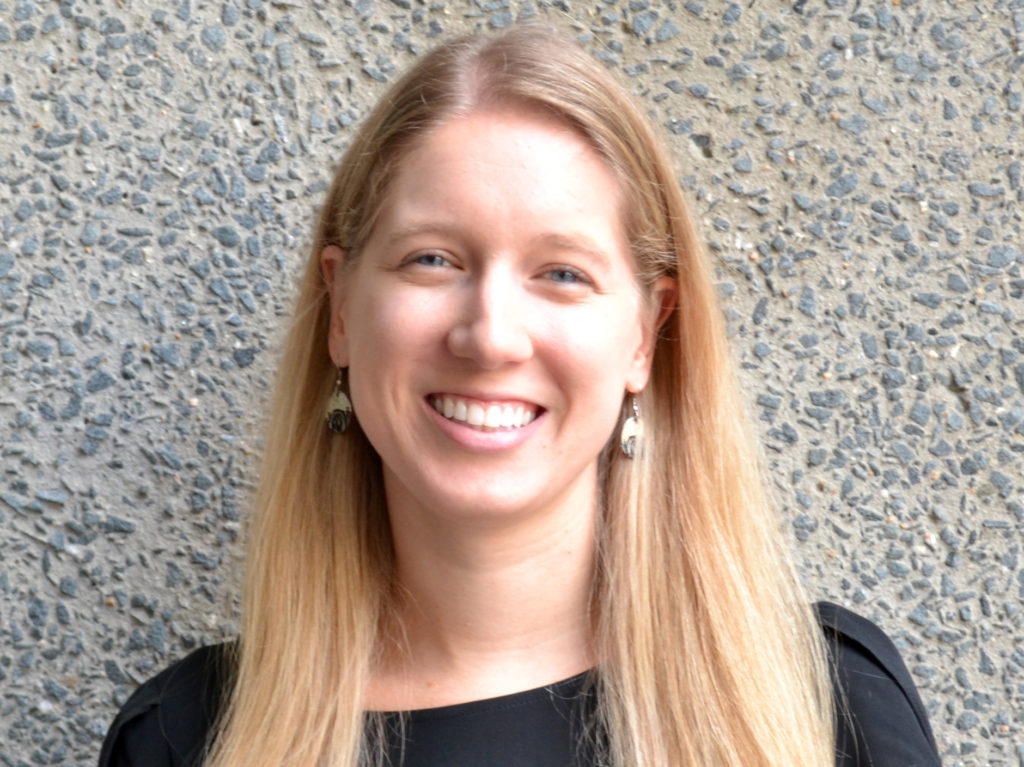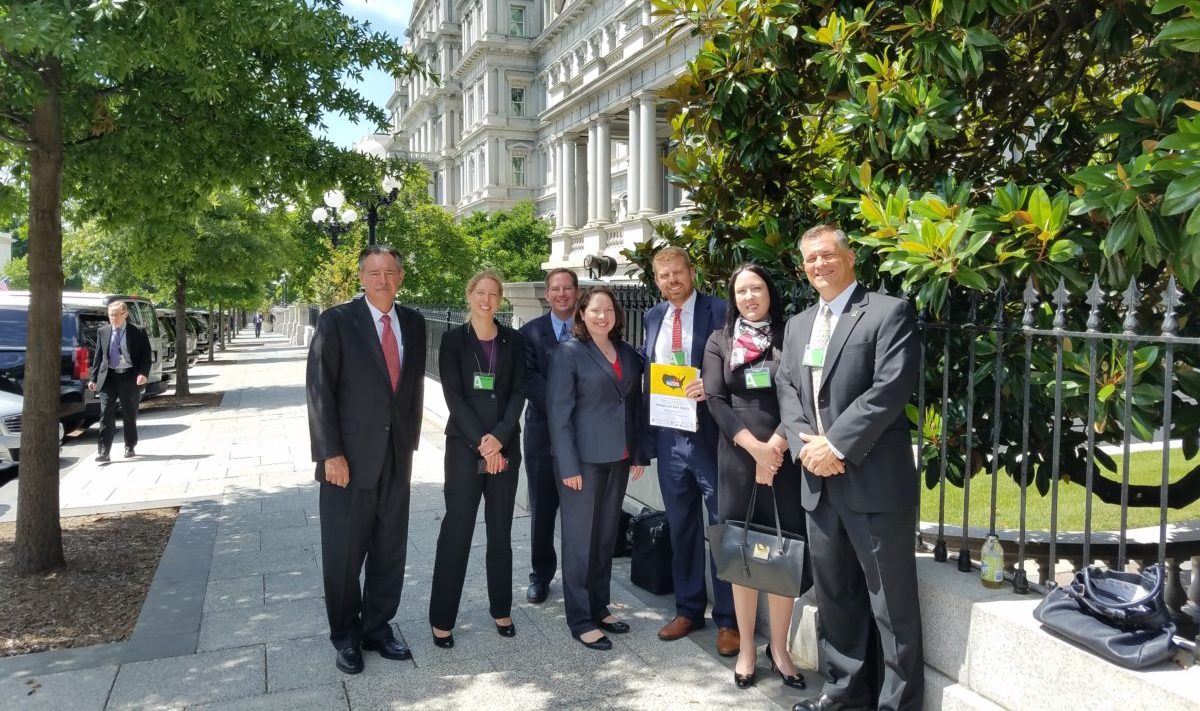The American Institute of Architecture Students (AIAS) is celebrating the 60th anniversary of student excellence in leadership, service, and design. In honor of our 60th year, the AIAS is excited to share 60th: Legacy, an ongoing weekly celebration of and thanks to our alumni sponsored by Professional Publications, Inc (PPI). PPI is a publisher of professional licensing exam materials since 1975 and wants to recognize those who have helped the AIAS achieve 60 years of success.

Name
Lindsay Brugger, AIA, NCARB, SEED
Organization
American Institute of Architects (AIA)
Title
Manager, Community Resilience
Connect
Bio
Lindsay Brugger is an architect turned advocate; bringing together humanitarian action and architectural design to address issues of climate change, environmental degradation, and migration. Based in Washington DC, Lindsay manages the American Institute of Architect’s Disaster Assistance and Resilience and Adaptation programs; focusing on education, resource development, and policy efforts to address the shocks and stresses stemming from our changing climate and fractured communities. Lindsay is an avid partner in advancing resilience action throughout the building industry. In 2012, she founded the Resilience by Design program for Open Architecture DC to engage architects in risk reduction and climate adaptation. Lindsay also worked with the Red Cross’s Global Disaster Preparedness Center and the National Building Museum to promote and expand public engagement in preparedness efforts during the museum’s 2014/2015 Designing for Disaster exhibit. Currently, Lindsay serves as the Coordinating Committee Secretary for the National Institute of Science and Technology’s cross sector Community Resilience Panel. Lindsay’s work has been featured at Harvard’s Design for Urban Disaster Conference, AIA Baltimore’s Resilient Cities Lecture Series, and Architecture For Humanity’s Design Like You Give a Damn Conference. In 2010, Lindsay received the Alpha Rho Chi Medal for professional promise, leadership and community service.
ARE Prep Tip: What is one piece of advice that you would give to those starting to test?
Give yourself a deadline for each exam and after you’ve taken a test, celebrate. Whether you treat yourself to a cooking class you’ve always wanted to do or spend a weekend hiking, celebrating each exam as an individual milestone will help keep you motivated.

How did your experience with AIAS help you to achieve your goals?
AIAS gave me the opportunity to not only develop my leadership skills, but also analyze the profession of architecture holistically. I was able to think beyond an individual studio project and investigate how our school could better serve its future architects. In one instance, it was identified that our university lacked a course that provided a deep understanding of sustainability – an emerging topic at the time. As an AIAS executive board member I worked to advocate for a new grad-level course focused entirely on sustainability. The leadership and analysis skills I developed in AIAS have been invaluable as I’ve progressed in my career.
What is one tip you would give yourself in your 20s?
It’s common to always be looking ahead at how far you have to go. When you feel like you’re not making progress towards your goals, look back a few years and see just how far you’ve come.
How have you overcome unforeseen challenges through your career?
In college I became deeply committed to the concept of the triple bottom line; believing that architecture can positively impact the social, economic, and environmental aspects of the community it’s a part of. When I first graduated, I didn’t always see those values reflected in my day to day work so I looked for opportunities to serve my community outside of work. I became a volunteer with Architecture for Humanity’s DC chapter (now Open Architecture DC), wrote a grant, and established the chapter’s Resilience by Design program. Through the program I began working with city officials and architects to address identified risks and vulnerabilities. This service experience eventually led to a job that aligned with my belief that architecture – and architects – can enhance a community’s health, safety and wellbeing.
How do you define work-life balance and how is it achievable?
I feel lucky to have a job that I love and I think that in itself helps me feel balanced. Finding a way to contribute to my community – through work or through service – has broadened not only my professional horizons but enriched my personal life.
What is a decision or action you made in school that influenced your trajectory?
As a graduate student I opted to spend a month volunteering with an NGO in Kolkata, India – the anticipated site of my thesis project. Being a part of the community provided valuable insight I couldn’t have gained from traditional research methods and dramatically changed the course of my thesis project. The experience gave me a real-world understanding of the value of inclusive, participatory design practices and continues to inform the way in which I problem seek and problem solve.
If you, or another AIAS alumni you know, deserves recognition for their contribution to the profession and society at large, please use the link below to nominate them for this honor.











